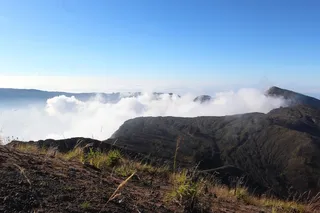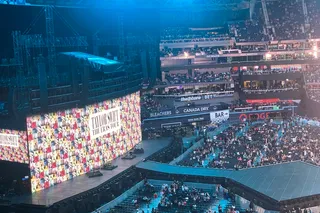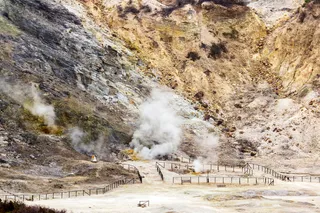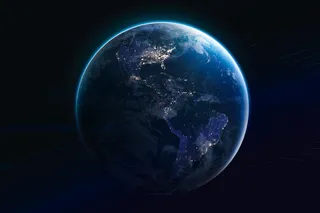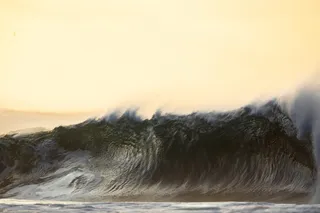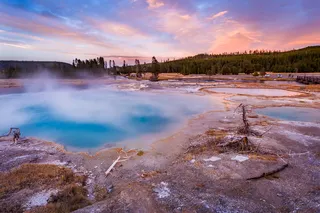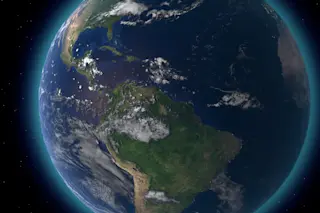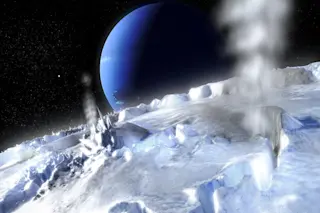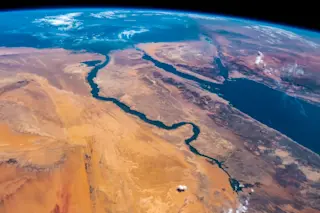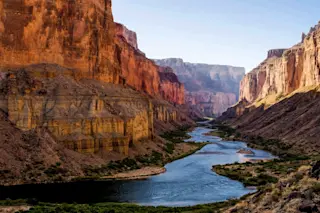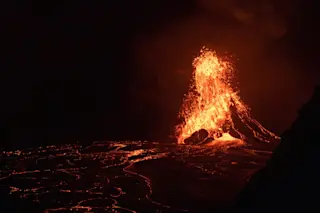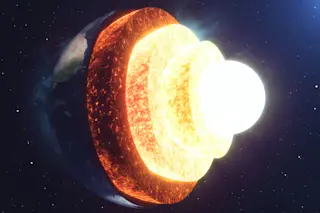I'm still off in California, mostly doing lab work in California. However, I did get a chance to run off to the coast for the weekend and I swung through the Clear Lake Volcanic Field to get there. I'd never been to the volcanic features on the south side of Clear Lake before, so I thought I would try to see what I could see. Sadly, I missed a number of interesting locations (if only I knew about thisbefore my trip), but there were a few cool sights to see*. First, a little background on the Clear Lake Volcanic Field (CLVF). The volcanic field is one of the strangest areas of volcanism in North America. It is far west of the active volcanic arc of the Cascades. Instead, the CLVF appears at the north of end of volcanism that follows the northward migration of the San Andreas fault system. There are some arm waving suggestions that the volcanism is caused by a gap in the slab as the boundary between North America and the tectonic plates off the west coast change from a subduction boundary to the north and transform to the south. However, this is very speculative. The CLVF has not erupted in historic times, but the magma that feeds the area does make its presence known through very high heat flow. The Geysers geothermal field, the largest geothermal field exploited for power in North America, is located just to the southwest of Clear Lake and it is suspected that a cooling magma body is the source of the heat. One of the ramifications of the exploitation of this geothermal energy is microseismicity under the Geysers region. The region is also home to some important ore deposits, including mercury and gold mines. However, there is no indication that we should expect volcanic activity from the CLVF anytime in the near future (but that doesn't mean the area doesn't carry significant volcanic risk). Little Borax Lake One of the most obvious features of the CLVF is Little Borax Lake (see below), a maar formed by the interaction of water and magma. Maars are mainly explosion features, where the rapid expansion of water into steam when it meets with hot magma causes a pit to be excavated. Most maars don't erupt much new (juvenile) volcanic material, but rather merely blast the overlying rocks out of the way. The exact age of Little Borax Lake is unclear, but likely one of the younger volcanic features of the CLVF based on its morphology - potentially less than 100,000 years ago (maybe as little as 10,000 years ago). This kind of activity is the most likely form future eruptions of the volcanic field may take. If you're wondering why the edges of the maar seem so, well, manicured, it is because the Buckingham Country Club has a golf course circling the volcanic feature!
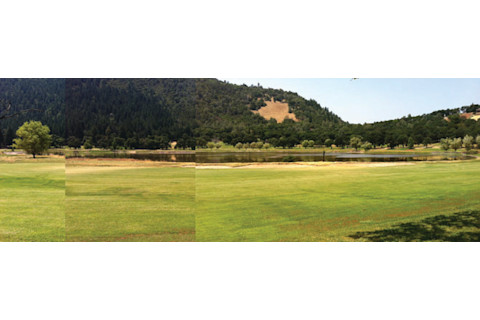
Little Borax Lake on the western shore of Clear Lake. The feature is a maar that formed between 100,000 and 10,000 years ago. Image is a composite of three taken by Erik Klemetti on July 14, 2012. Mt. Konocti The largest volcanic feature in the CLVF is also the youngest edifice - Mt. Konocti (see below). Konocti is a dacite composite volcano that appears to be mostly made from lava flows rather than explosive deposits. The edifice itself is likely less than 500,000 years old, but some of the flows are ~350,000 years old. Konocti is also the northernmost part of the CLVF and likely marks the northern extent of the magmatic system today.
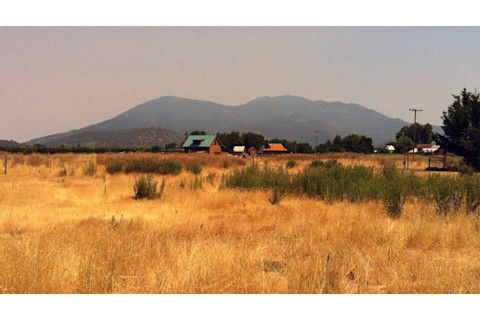
Mt. Konocti, the northernmost volcanic feature of the Clear Lake Volcanic Field. Image taken from the west on Soda Bay Rd. on July 14, 2012 by Erik Klemetti. * The pictures aren't the highest quality - I was only traveling with my iPhone as a camera. Sorry!


